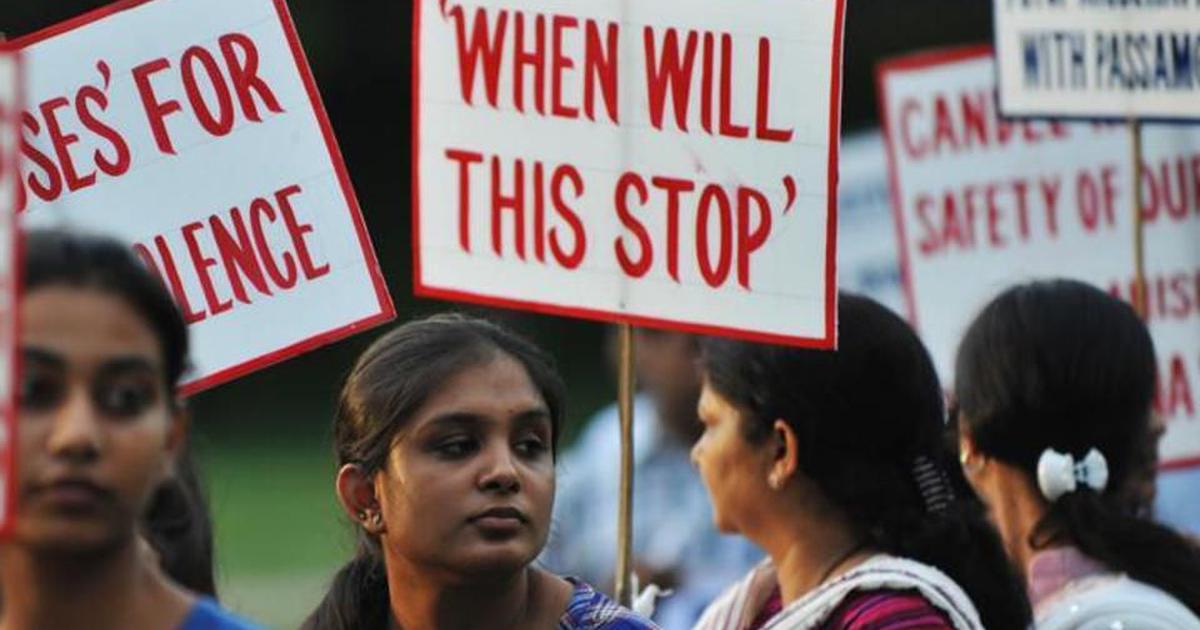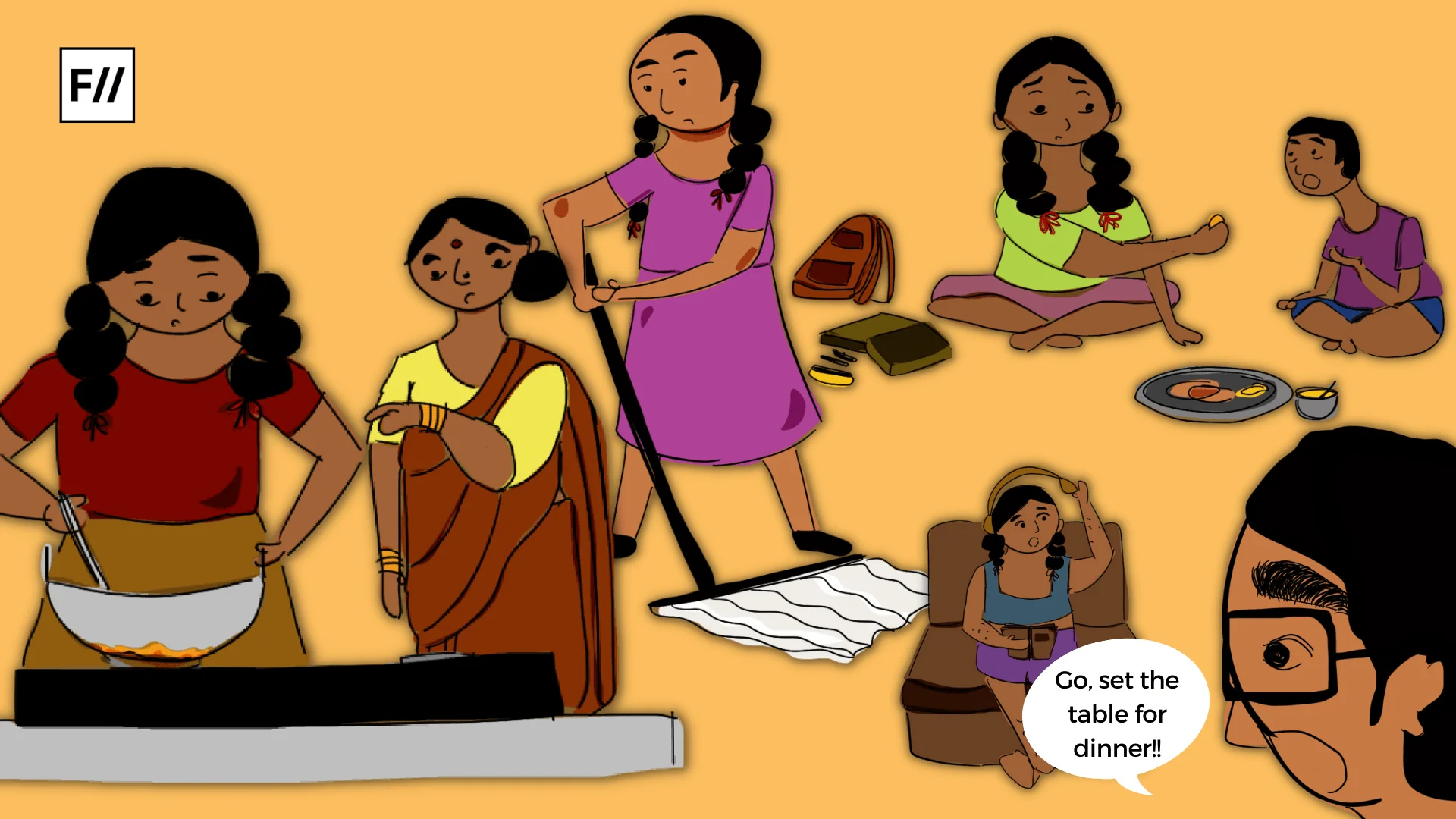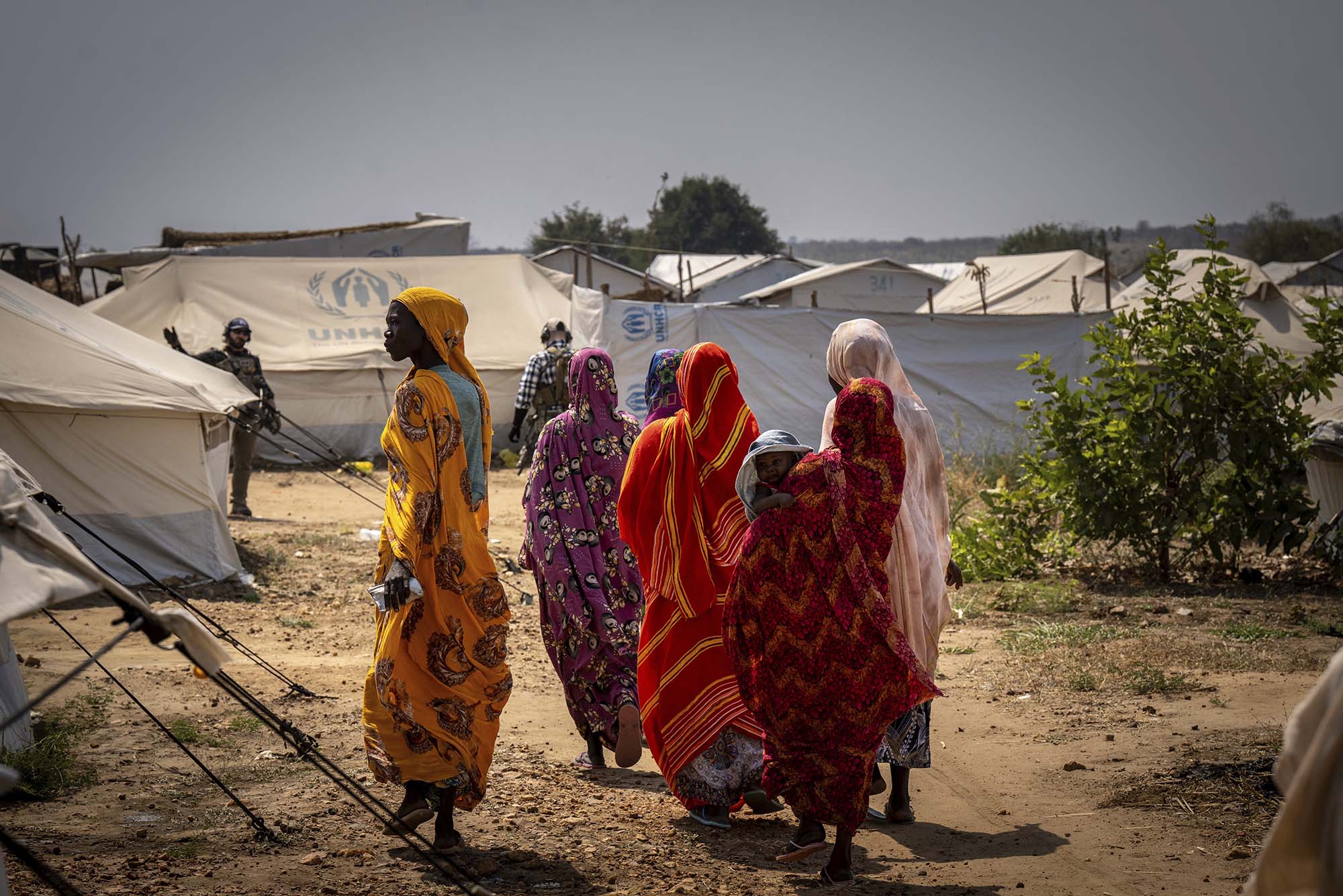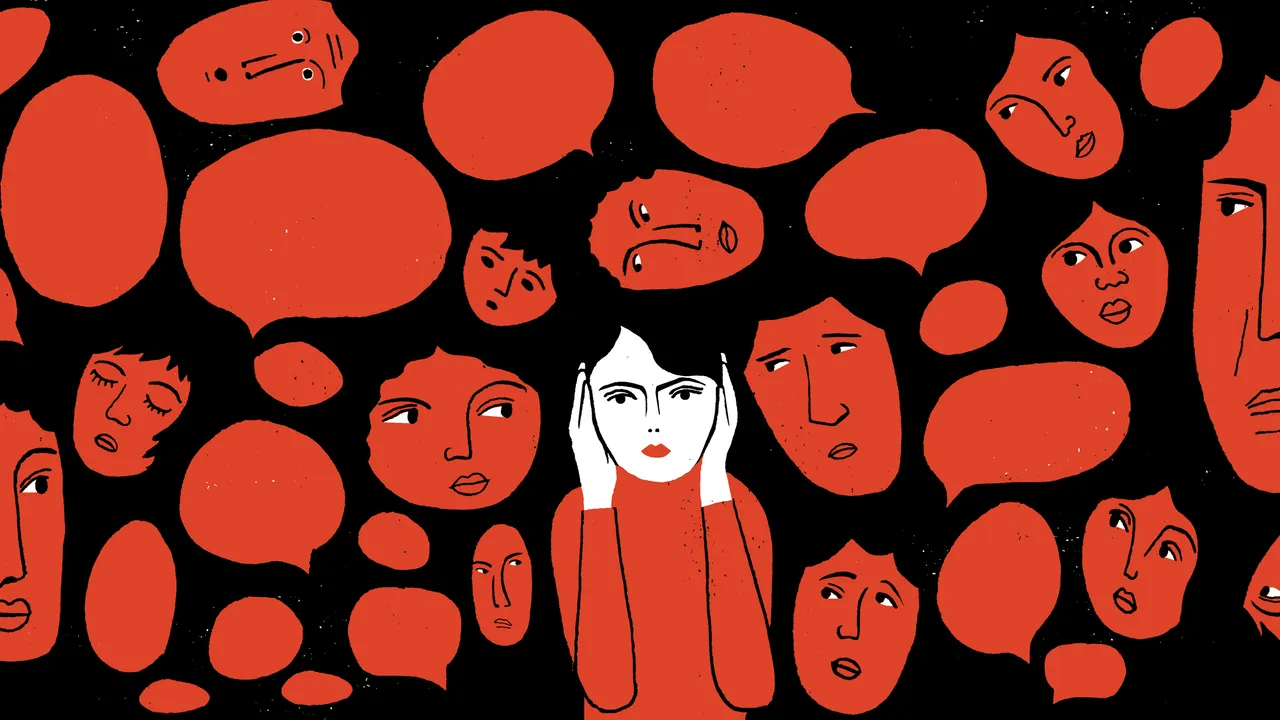The appalling murder of a civil defence volunteer in Surajkund, and the gang rape of a minor girl in Pune are only a few incidents that gained media attention amidst a large number of reports about violence against women in the last couple of weeks. Every time a woman is raped or attacked, we come up with a set of new policies and a revived sense of vigil that last for a few days and slowly fade out.
It is high time we realise that mere legislation is not enough because clearly, laws are not what we seem to lack. There needs to be a simultaneous push for gender inclusivity and sensitisation along with a reorientation of existing policies. The focus should not just be on laws or policies, but on how they are executed and whether they are inherently gender equal.
The stress should be to address patriarchy at the root rather than glossing over the surface of violence against women which are the consequences of fundamental, structural flaws.
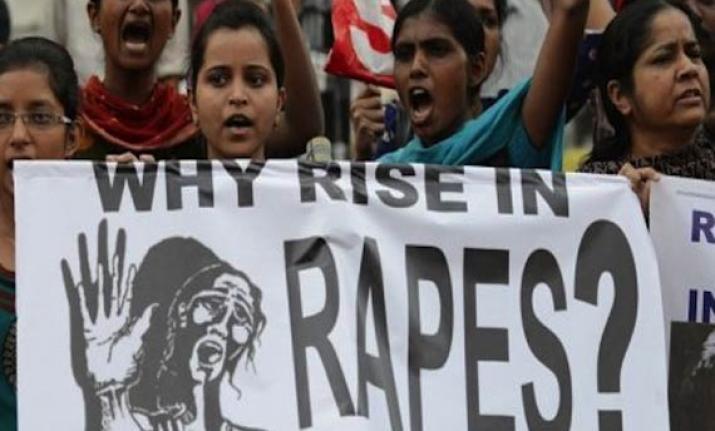
The problem in addressing the effect and not the cause
The constitution mandates that people should not be discriminated against on the basis of gender, which makes it a right of every citizen. Before we jump to statistics of rape and violence, lets look at the social makeup of an Indian house hold. According to the National Family Health Survey-2, there is solid evidence that reiterates that women are victims of domestic violence and gendered discrimination of various kinds.
Definitely, money and education are important, but it should not be a marker of agency. In a society that does not respect women, in a society where she needs external factors like education and money to exercise autonomy and agency; we are only reiterating the flawed, patriarchal stereotype that women who do not ‘earn‘ or ‘have any productive, material prospect for the family‘, can be treated as slaves.
Most women have in fact, internalised misogyny and families normalise it by perpetuating gender roles without effectively challenging status quo.72 per cent of women in India are forced to ask for permission from their husbands to step put for errands. Further, more than 50 per cent of women do not have autonomy in their personal health care decisions or bodily choices.
All these things stress on the need to address the fundamental problem of misogyny and sexism embedded deeply into our socio-cultural psyche before conjuring unscientific, cosmetic solutions in the form of increased legislations and policies.
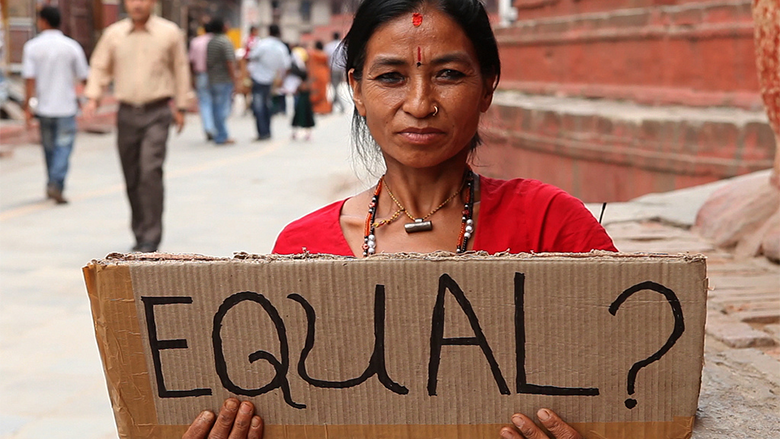
The Indian government has initiated various schemes to facilitate financial independence in women. Self Help Groups and the Mahatma Gandhi National Rural Employment Guarantee Act, 2005 (MGNREGA) are two striking examples of the same. These entities offer the provision to avail loans for entrepreneurship and other professional needs of women.
The intention behind these schemes was to ensure financial autonomy among women. Financial autonomy often improves the situation of women in their families. But respect and acceptance should come from within and not with the promise of money or the attainment of education alone.
Also read: Situating Politics Of Consent & Agency In The Discourse On Marital Rape
Definitely, money and education are important, but it should not be a marker of agency. In a society that does not respect women, in a society where she needs external factors like education and money to exercise autonomy and agency; we are only reiterating the flawed, patriarchal stereotype that women who do not ‘earn‘ or ‘have any productive, material prospect for the family‘, can be treated as slaves.
When a string of dowry deaths occurred in Kerala recently garnering media attention, it lead to a series of policy proposals and legislative actions. Moreover, it saw the re-appearance of many forgotten laws like the Dowry Prohibition Act of 1961 in debates and news. This pattern of functionality is not only futile but also counterproductive
While it is an excellent motivation, it makes uneducated, unemployed women accept disrespect as their destiny and normalises mistreatments as a consequence of their lack of education and money. Agency does not necessarily come with money and education in a society guided by patriarchy.
Unsurprisingly, the credit scheme did not go well as expected. It certainly helped women who were the sole bread winners of the house. As for the rest, it only added to the list of things for which men make decisions at the expense of women. There have been many instances were women forwarded the applications, but the decisions on the loans were clearly made by the men in the house.
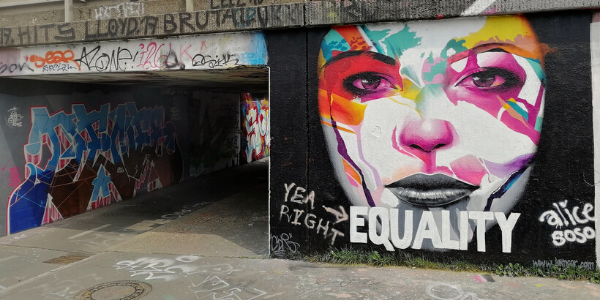
Another structural problem associated with the general makeup of our society and its institutions is its persistent ignorance and occasional vigilance stimulated by sensational issues. Following the Surajkund case, the police have strengthened patroling near the forest area where the woman’s body was found.
When a string of dowry deaths occurred in Kerala recently garnering media attention, it lead to a series of policy proposals and legislative actions. Moreover, it saw the re-appearance of many forgotten laws like the Dowry Prohibition Act of 1961 in debates and news. This pattern of functionality is not only futile but also counterproductive.
Rather than making important structural changes like addressing cultural practices that thrive on the exchange of gold and money in return for a woman’s hand in marriage, hyping up the issue of dowry alone will not solve the larger problem of violence against women in these contexts.
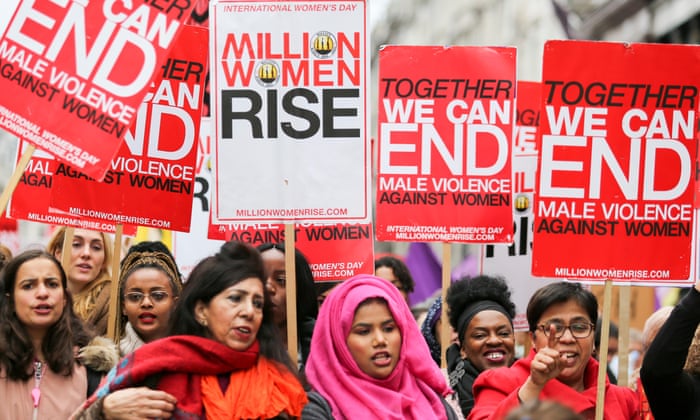
It is not the lack of legal provisions that primarily cause violence against women in our society. Generations of conditioning has normalised practices like male domination, domestic violence, internalised patriarchy and pedestalised the most dangerous ideal of all – the idea of a virtuous, patient woman who has no agency.
Ironically, women who manage to escape violence or report them by making use of legislations like the prohibition of immoral activities, dowry, rape and the like are doomed to live under the excruciating gaze of our judgmental society.
As long as our beliefs and legal provisions do not go hand in hand, it is impossible to find a holistic solution to the problems faced by women. Women’s problems are not merely structural or social, they are a complex blend of many factors. They need to be addressed comprehensively so as to foster a gender inclusive, socially sensitive, efficient legal and social ecosystem.
Also read: Meet The Dowry-Free Baiga Adivasi Community In A Country Of Dowry Deaths
Featured Image Source: Scroll.in
About the author(s)
Anagha is a postgraduate student who is interested in the field of gender studies and sociology. She hopes to make the world a better place for all genders, one step at a time. Being a person who tries to make things better around her, she is in a constant process of learning and unlearning. Reading and gardening are her escape from the daily hustle
